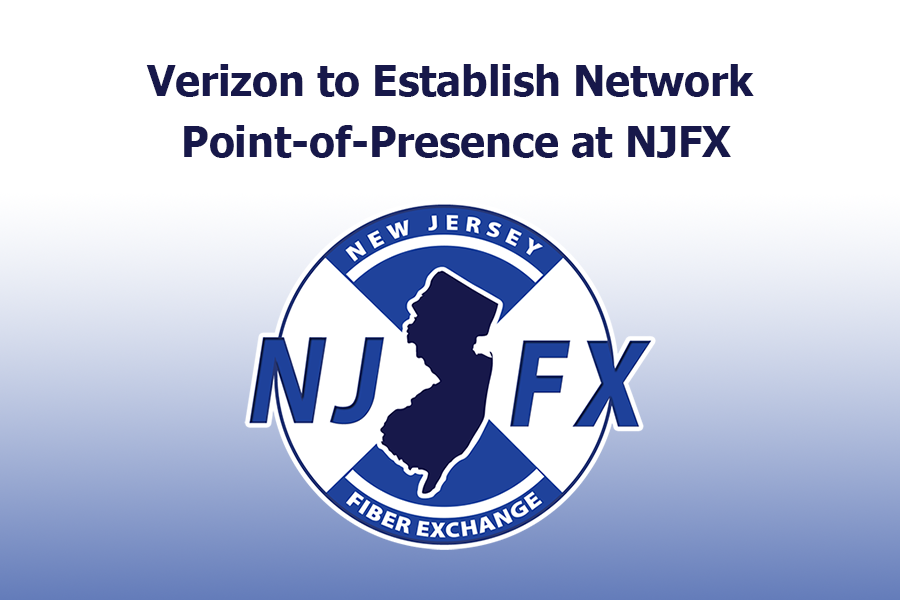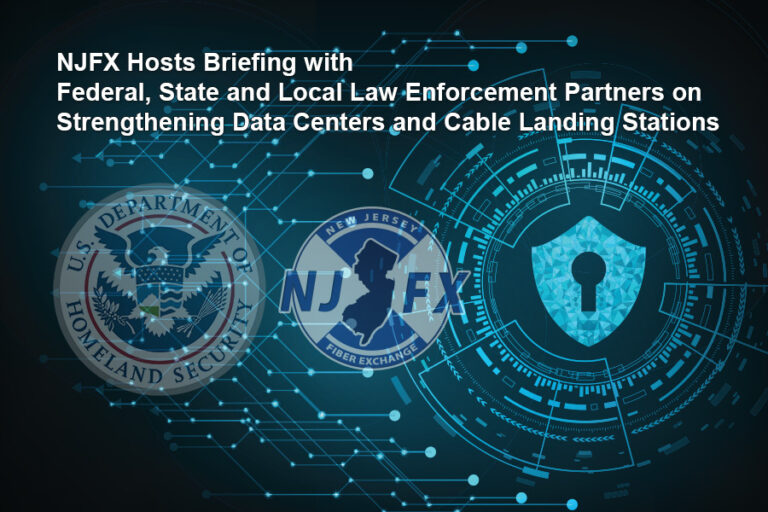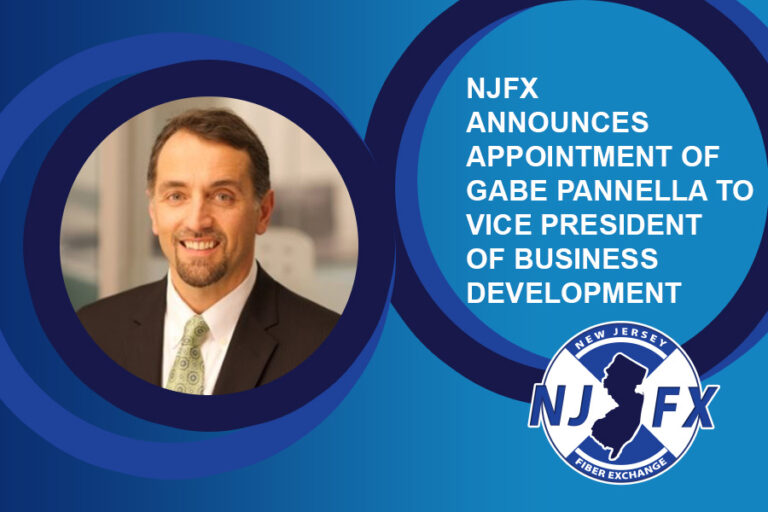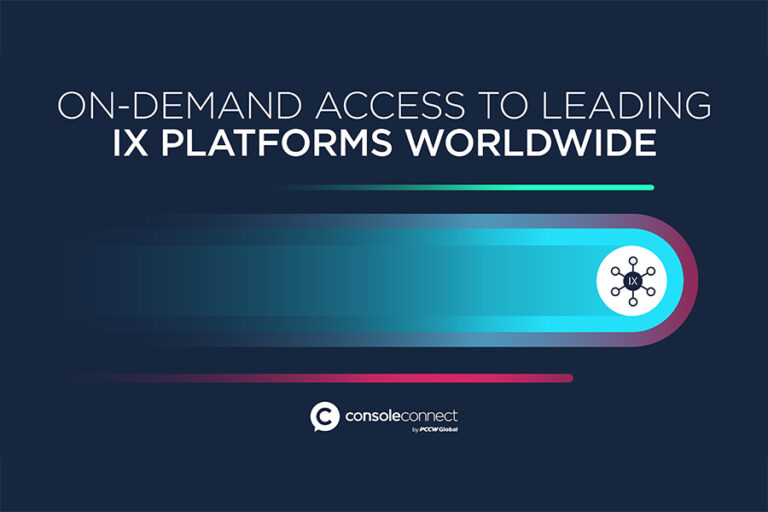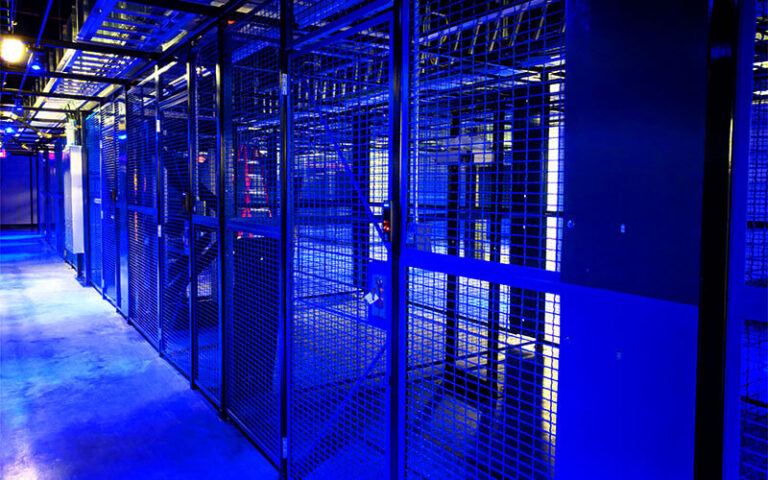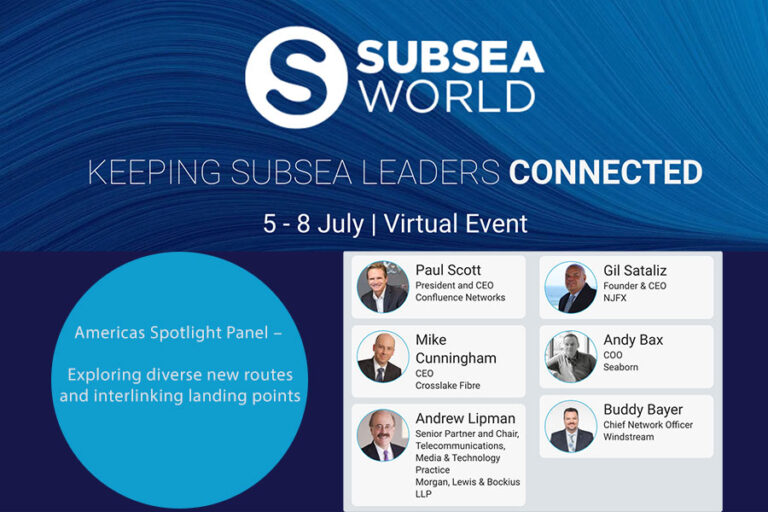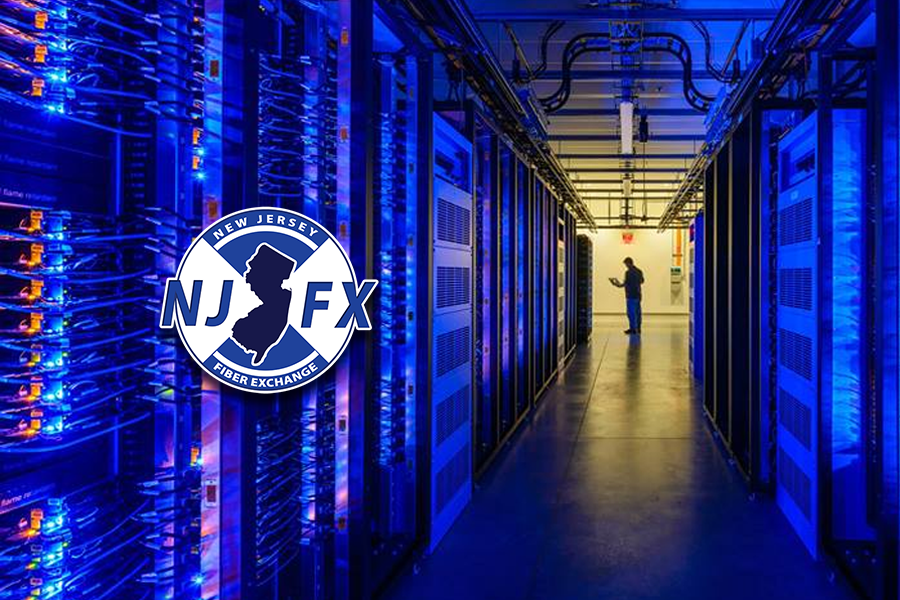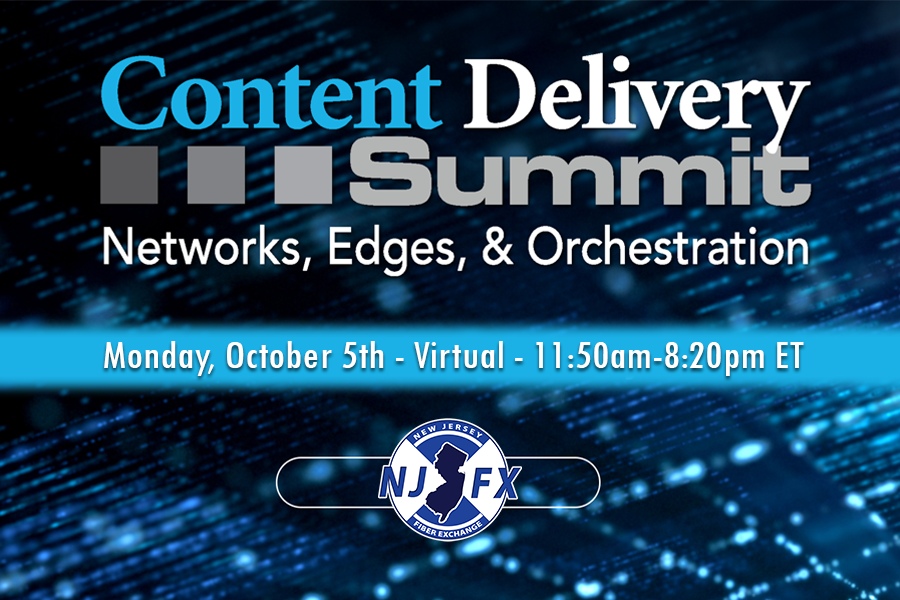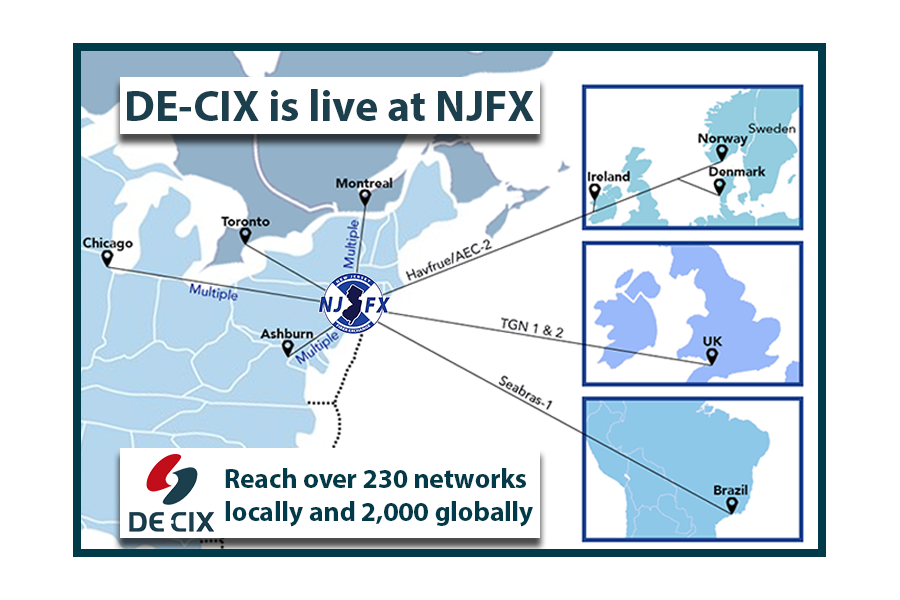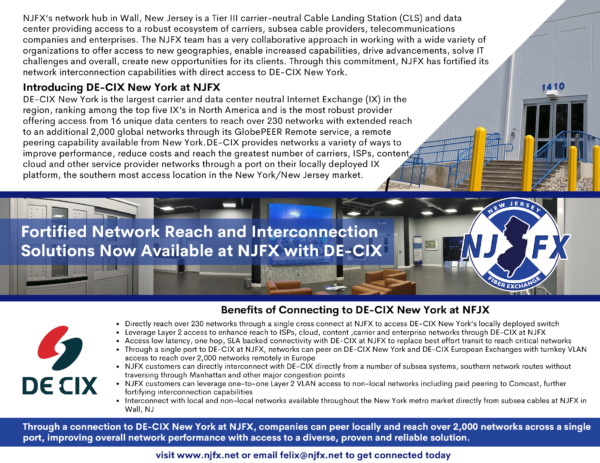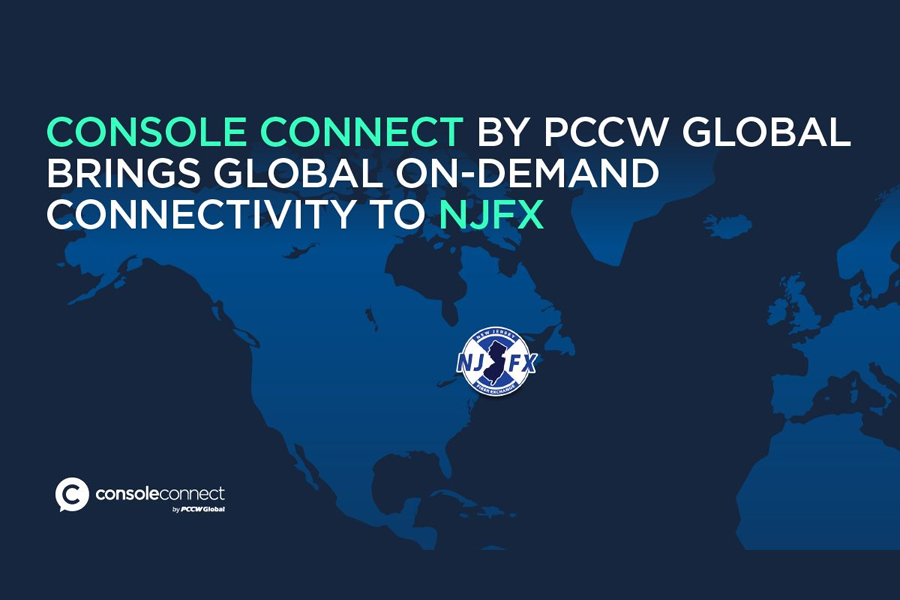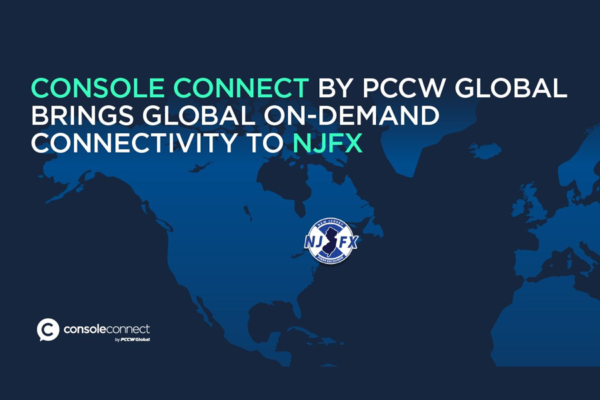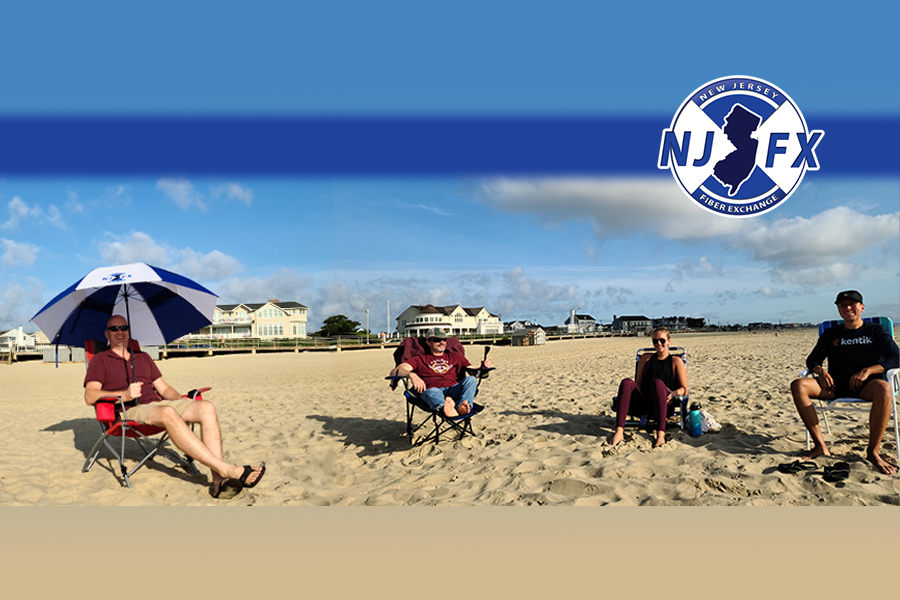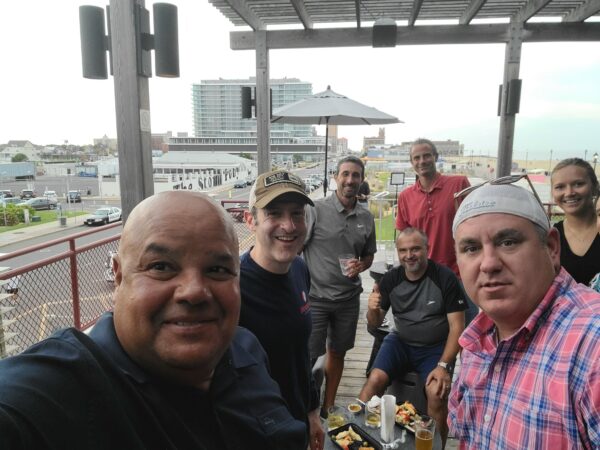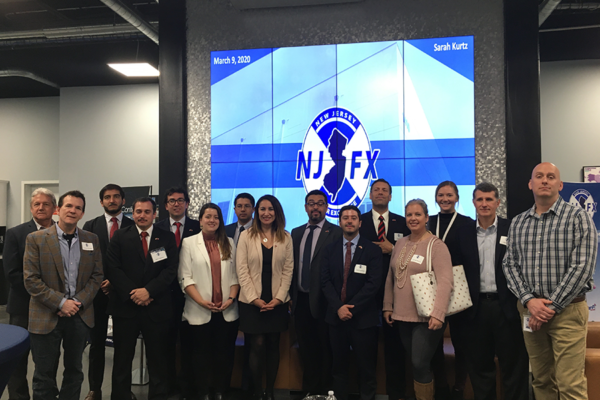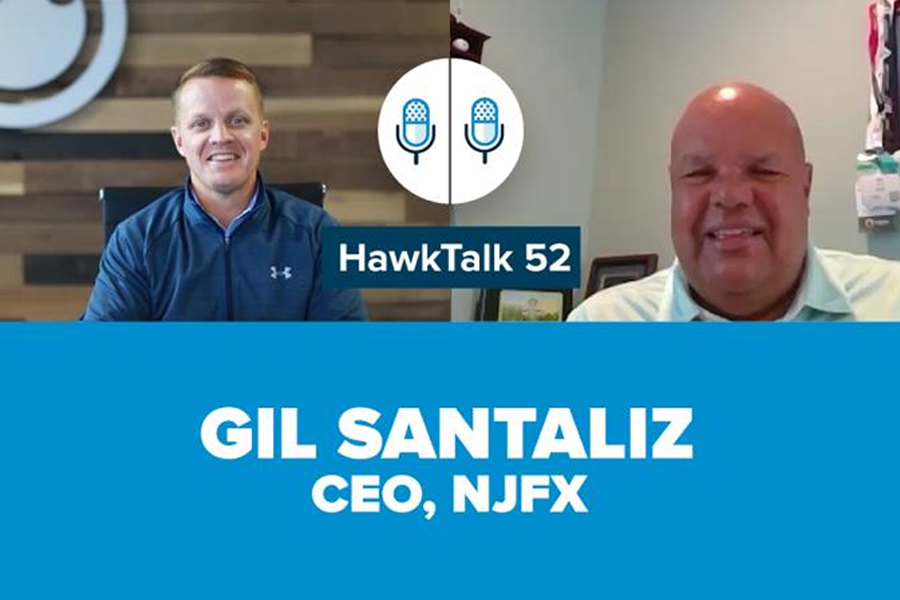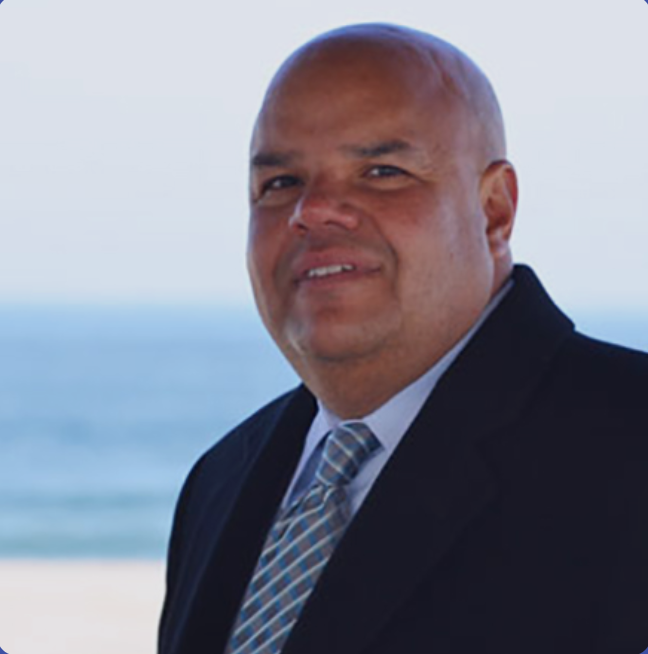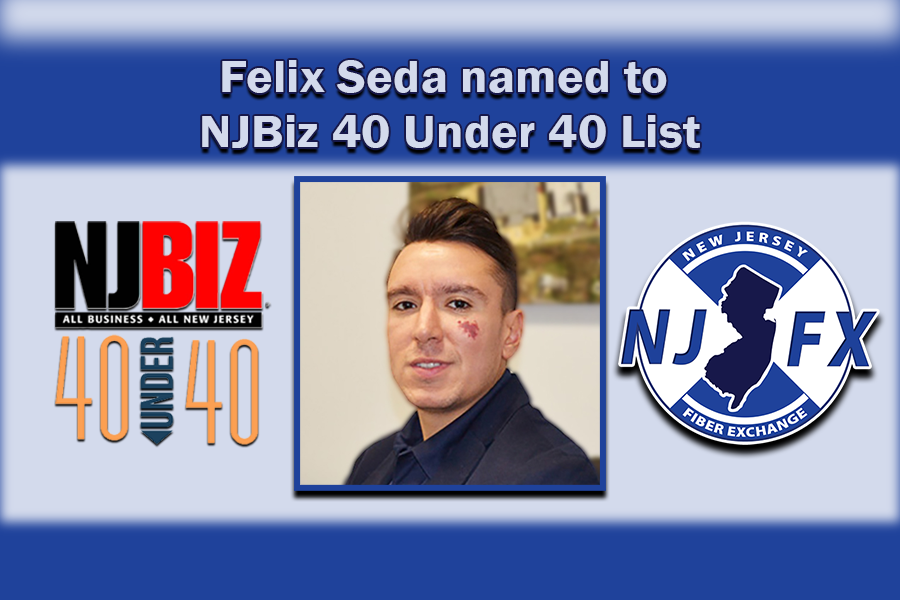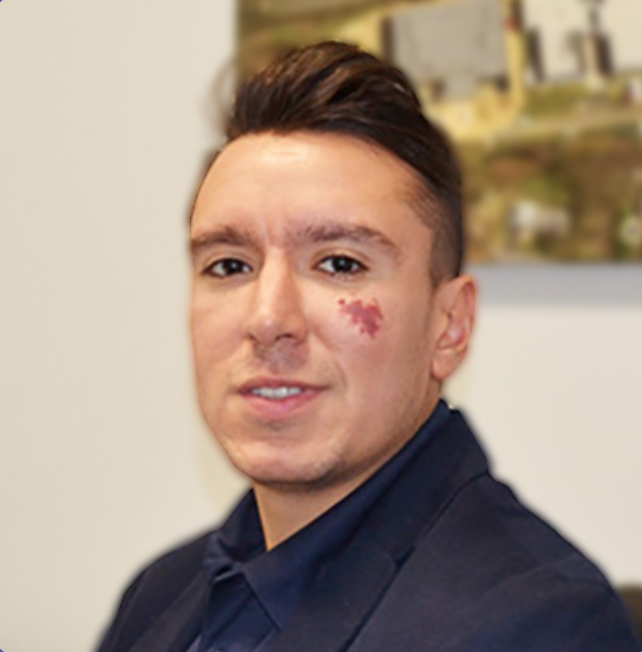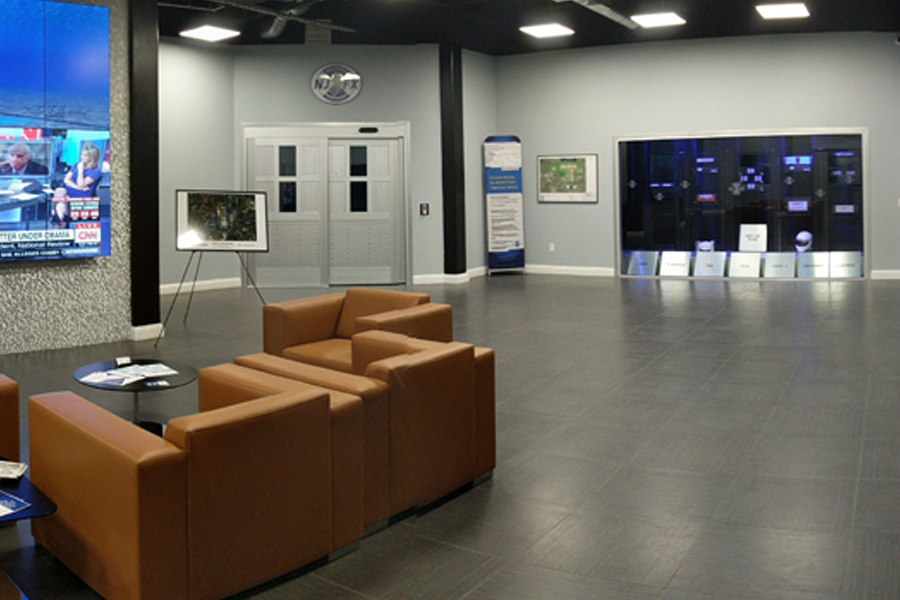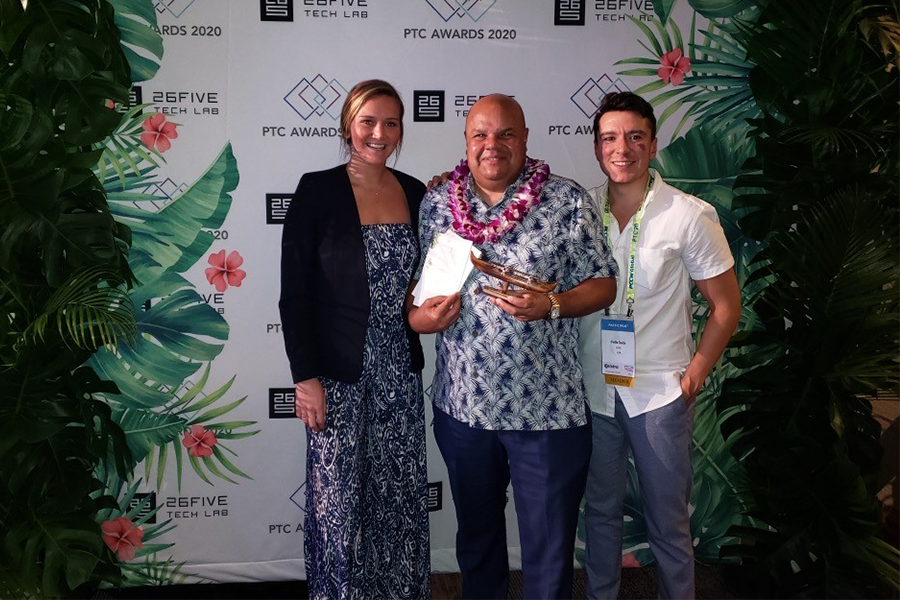Verizon to Establish Network Point-of-Presence at NJFX
Verizon to Establish Network Point-of-Presence at NJFX
Its underground fiber long-haul network is a key asset for secure, resilient infrastructures
October 13, 2020
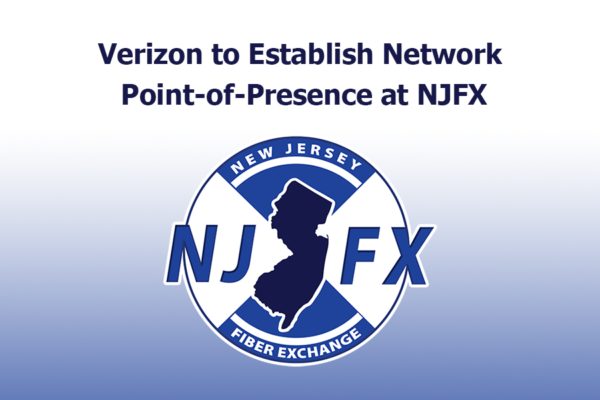
Wall Township, NJ – NJFX, the only Cable Landing Station (CLS) colocation campus in the U.S offering Tier 3, carrier-neutral data center capabilities, today announces that Verizon Communications Inc. (NYSE, Nasdaq: VZ) has chosen to deploy a new network Point-of-Presence (PoP) at its CLS campus, providing access to Verizon’s global network. One of the largest communication technology companies in the world, Verizon operates America’s most reliable wireless network and the nation’s premier all-fiber network, delivering integrated solutions to businesses worldwide.
“We are especially pleased that Verizon has chosen to establish a Point-of-Presence at our CLS colocation campus, as one of three current backhaul providers at NJFX with underground fiber for its long-haul routes,” states Gil Santaliz, CEO for NJFX. “It has always been our vision to develop NJFX to become North America’s preeminent international hub for subsea communications, interconnecting many international carriers across three continents with multiple secure and reliable backhaul and U.S. termination options. World-class communications providers such as Verizon, as well as subsea cable operators, enterprises and cloud providers within our CLS ecosystem, recognize that NJFX provides a nexus for collaboration where they can build out new and reinforce existing networks with diverse routes while extending their global reach.”
Leveraging its strategic presence at the NJFX CLS, Verizon will have the ability to directly interconnect with subsea capacity services across the Atlantic to Ireland, Denmark and Northern Europe. Strategically located 64 feet above sea level and Category 5 hurricane resistant, the NJFX CLS campus facility offers direct access to multiple independent subsea cable systems, including AEC-2, TGN1, TGN2, and Seabras. Customers can now access Verizon’s global network at NJFX and interconnect with these four subsea cable systems to Europe and South America. European-based clients can transport data to Verizon’s PoP at NJFX and extend their reach to major U.S. metro markets via seven independent fiber-based backhaul providers available at the CLS colocation campus.
NJFX is unique in that it offers access to underground fiber on a long-haul network from multiple backhaul providers for direct and diverse connectivity to core U.S. markets, including Ashburn, Chicago, Dallas, North Carolina, Philadelphia, and other cities, thereby bypassing common points of network failure such as New York City, Northern New Jersey, and Miami. Access to multiple backhaul routes creates truly diverse options that ensure reliability, availability and security of data transport – a critical requirement for carriers and content providers, financial services, healthcare and other enterprises, as well as government agencies, which depend upon maximum uptime.
“At Verizon, we believe that the network is an engine for business growth and innovation,” comments Lynn Smullen, Division Vice President of Sales at Verizon Partner Solutions, “and in order to serve the needs of global organizations today and into the future requires connectivity that maximizes redundancy and reduces latency while fortifying the security of their international data traffic. The deployment of a new network Point-of-Presence at NJFX will expand our clients’ transoceanic and terrestrial connectivity options, presenting new business opportunities both intercontinentally and across North America in core markets.”
For more information, please visit www.njfx.net.
About NJFX
NJFX owns and operates a 64,800 square foot purpose-built Tier 3 Cable Landing Station (CLS) Colocation facility and 58-acre campus in Wall, NJ. This unique campus is the only carrier-neutral CLS colocation campus in the U.S supported by several route-independent carriers that offer direct access to multiple independent subsea cable systems interconnecting North America, Europe, South America and the Caribbean. The facility offers direct access to TGN1, TGN2, and Seabras. The building is the subsea cable landing of HAVFRUE/AEC2 this year as well as Wall-LI in the future. High and low-density colocation solutions are available with 24/7 support.
To request a meeting with NJFX executives, please email [email protected]. For more information, please visit www.njfx.net.
About Verizon
Verizon Communications Inc. (NYSE, Nasdaq: VZ), headquartered in New York City, generated revenues of $130.9 billion in 2018. The company operates America’s most awarded network and the nation’s premier all-fiber network, and delivers integrated solutions to businesses worldwide. With brands like Yahoo, TechCrunch and HuffPost, the company’s media group helps consumers stay informed and entertained, communicate and transact, while creating new ways for advertisers and partners to connect. Verizon’s corporate responsibility prioritizes the environmental, social and governance issues most relevant to its business and impact to society.
VERIZON’S ONLINE MEDIA CENTER: News releases, stories, media contacts and other resources are available at www.verizon.com/about/news/. News releases are also available through an RSS feed. To subscribe, visit www.verizon com/about/rss-feeds/.
For NJFX media inquiries, please contact: [email protected]
For Verizon media inquiries, please contact:
Kevin King
410-353-3234
[email protected]
Howie Waterman
917-359-5505
[email protected]
###
About NJFX:
NJFX is a Tier 3 Carrier Neutral Cable Landing Station campus. Our colocation ecosystem has expanded to over 35 network operators offering flexibility, reliability, and security. Our Wall, NJ location provides direct access to multiple subsea cable systems giving our carriers diverse connectivity solutions and offers direct interconnection without recurring cross-connect fees.
Latest News & Updates
Stay informed with the latest press releases, industry news, and more.
Verizon to Establish Network Point-of-Presence at NJFX Read More »
